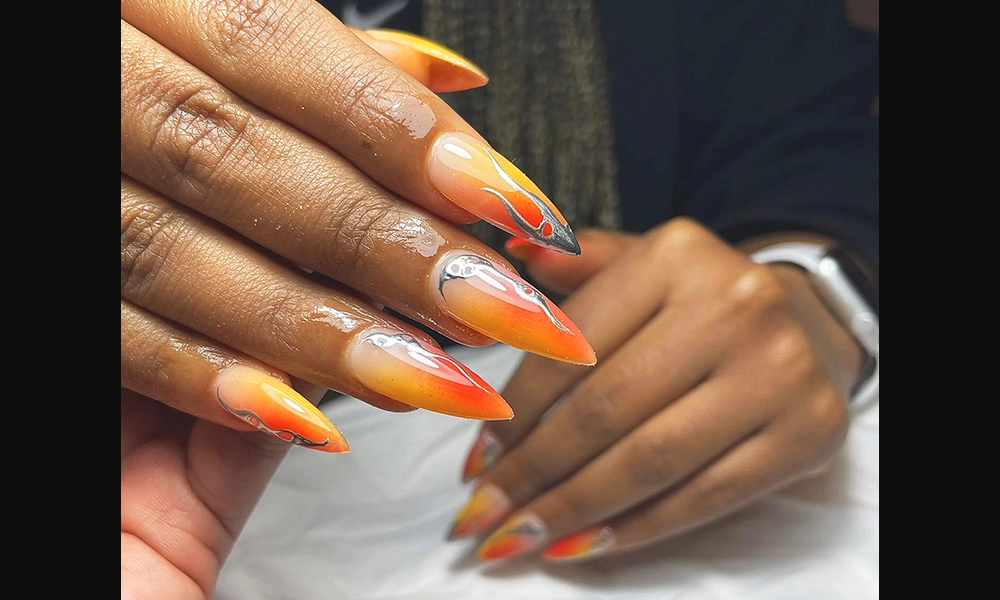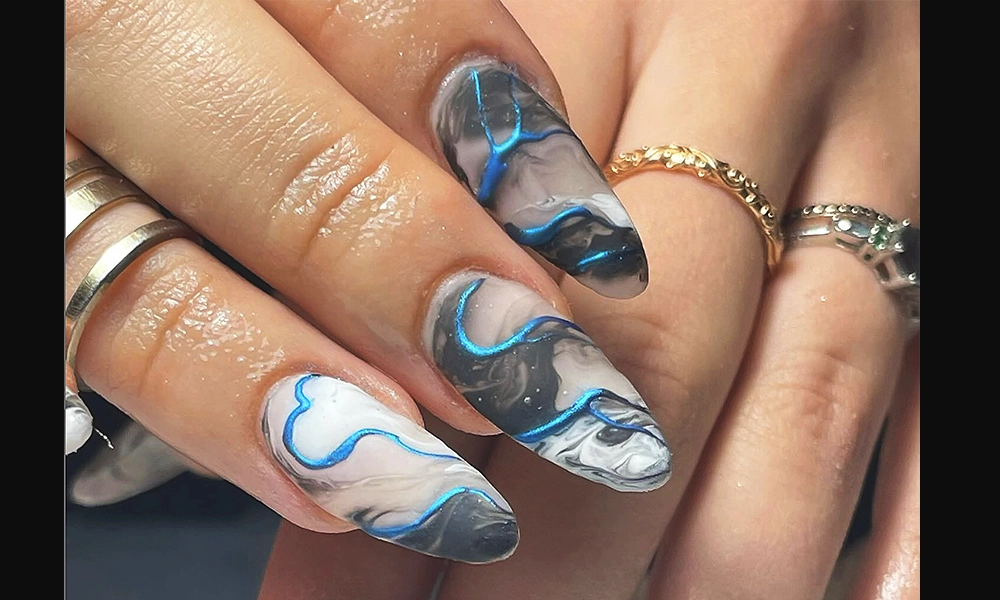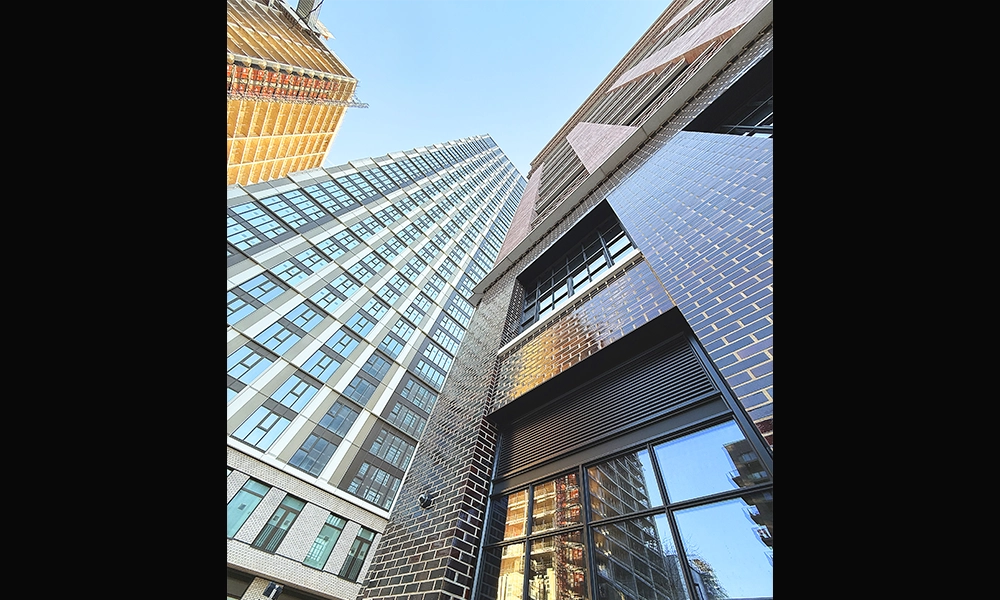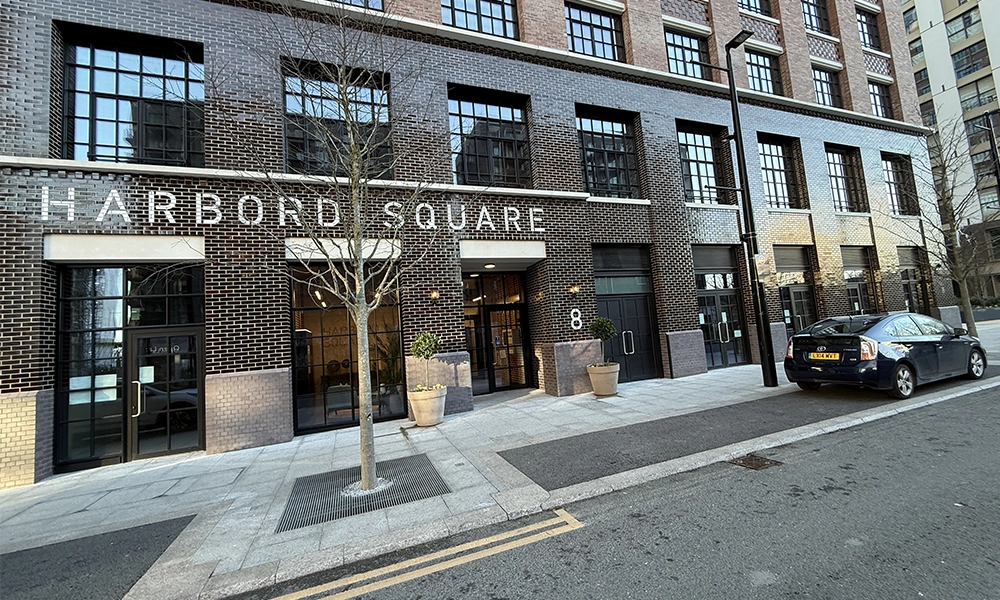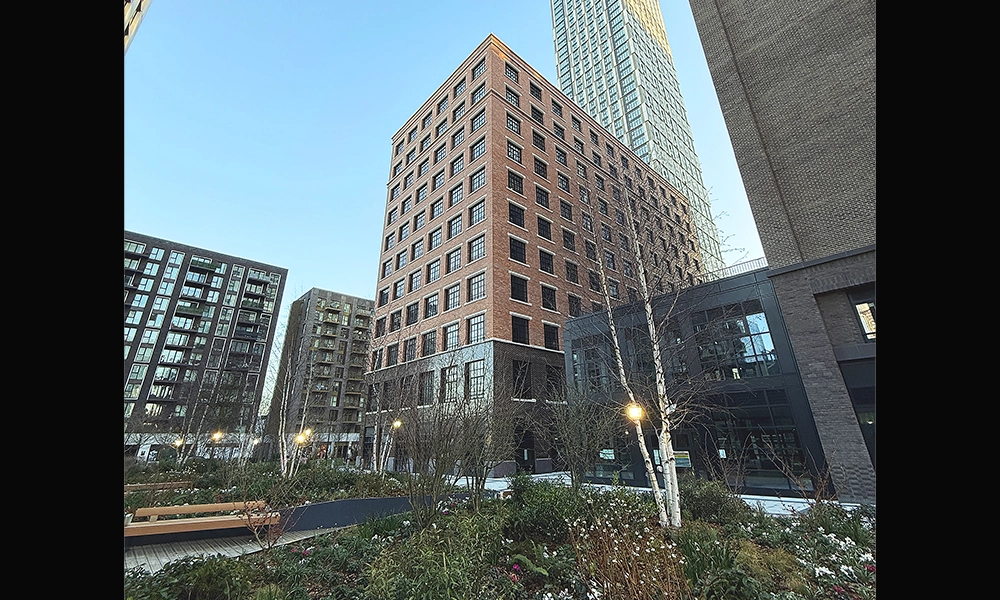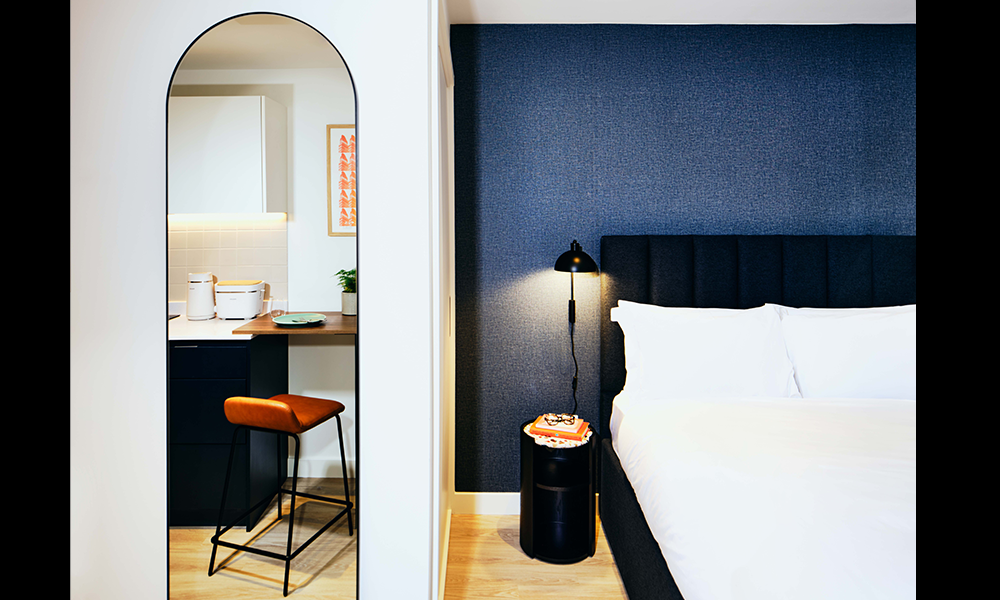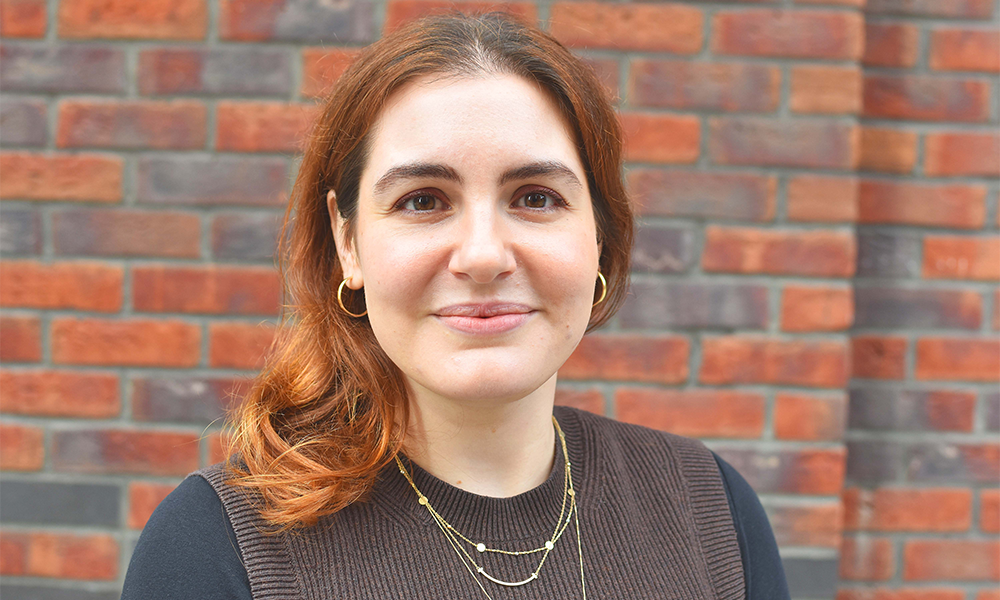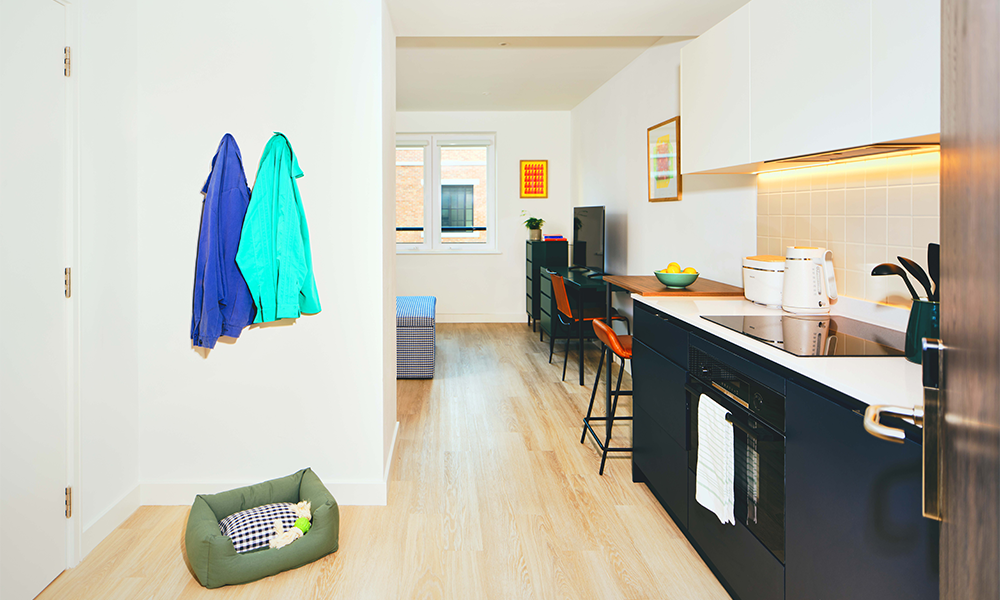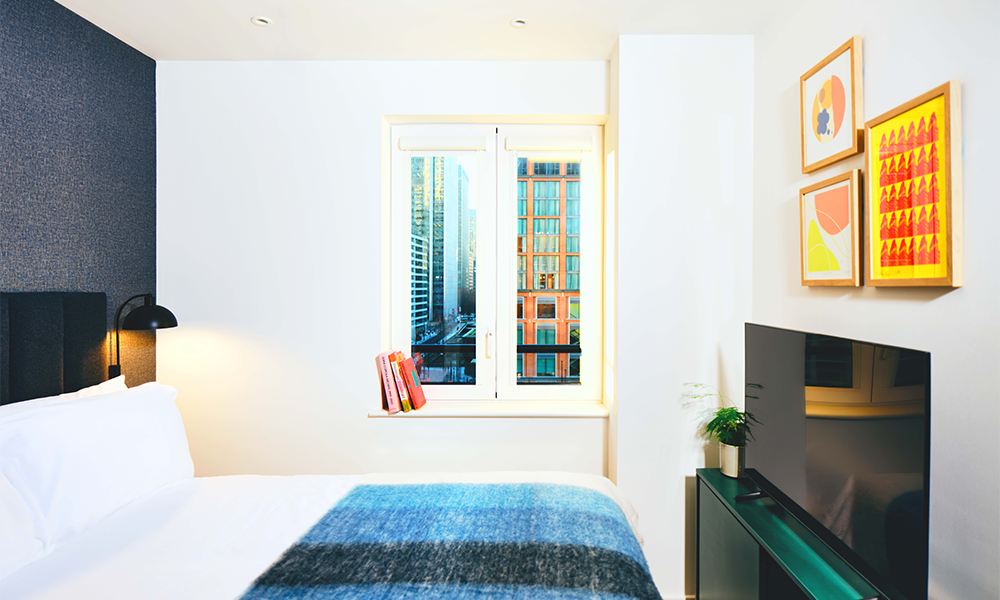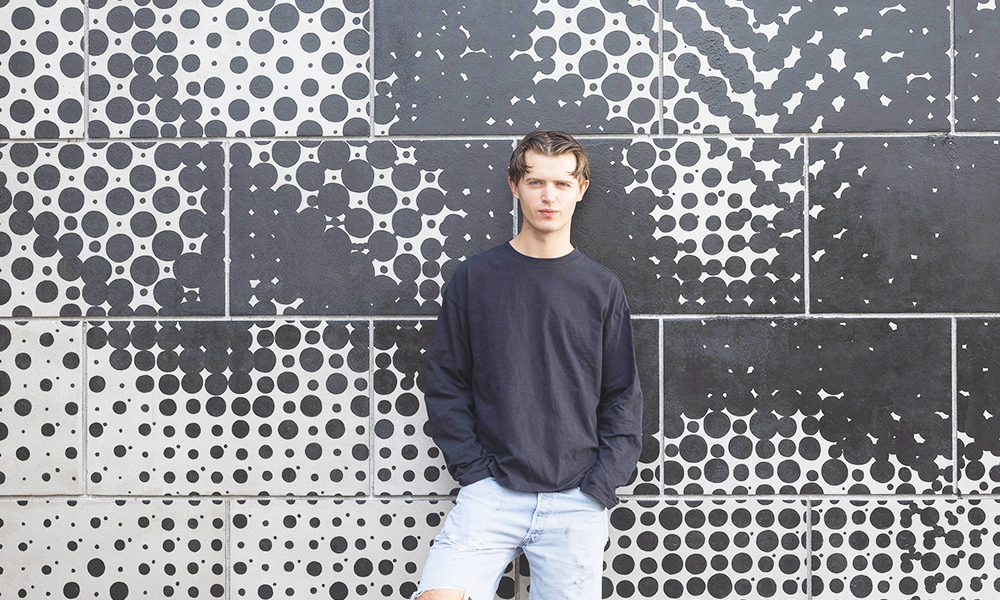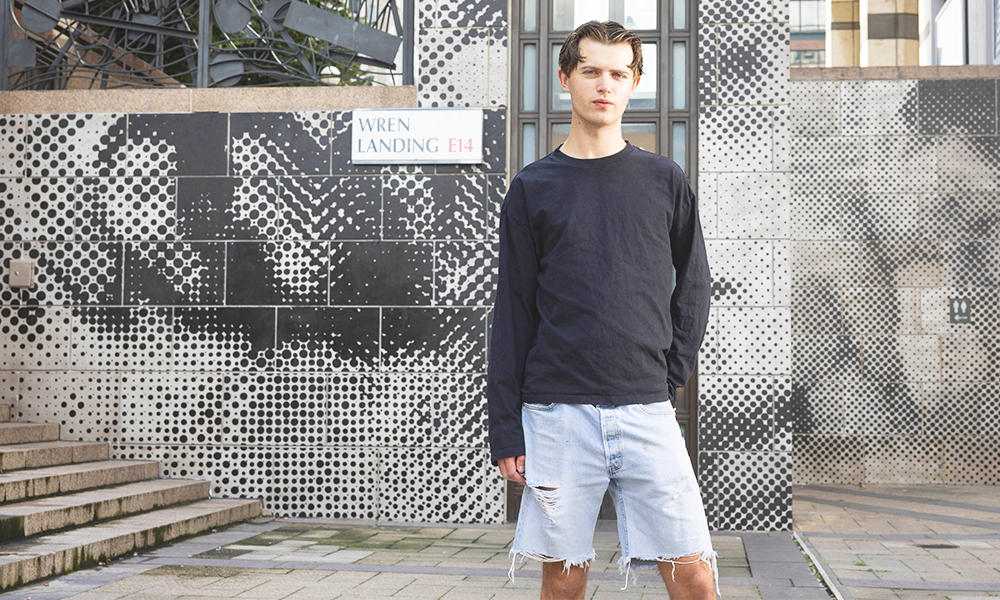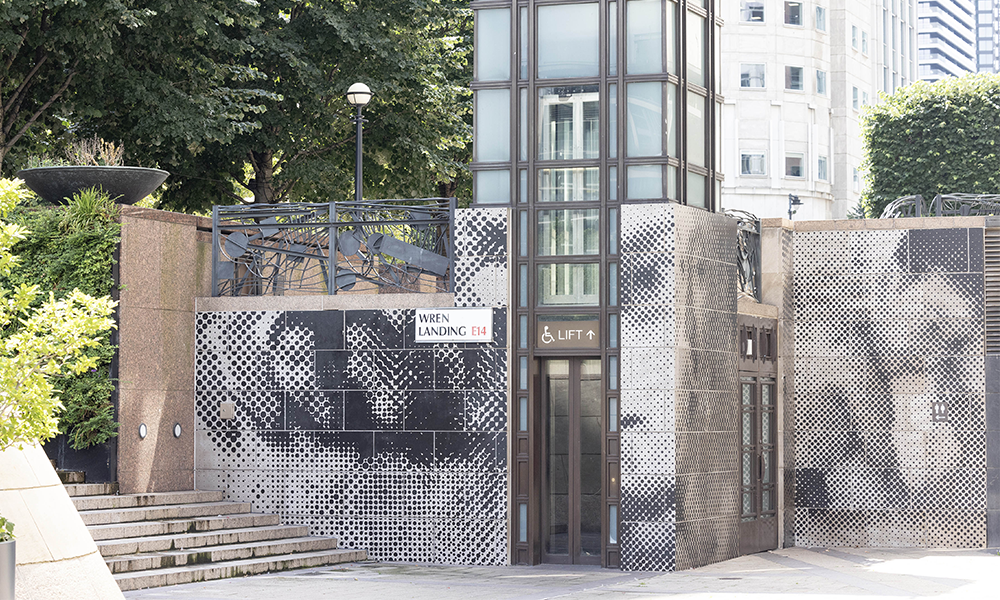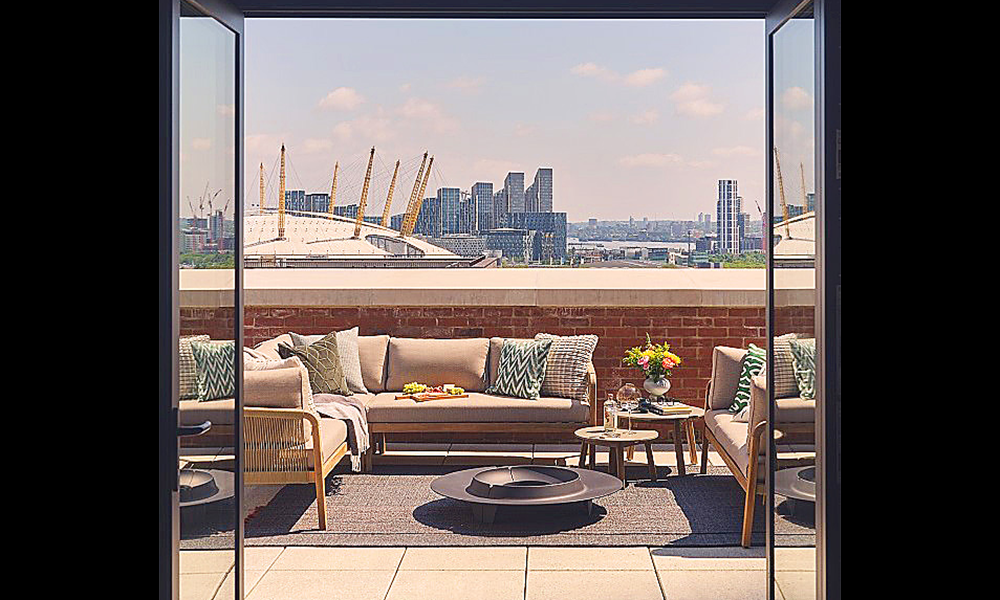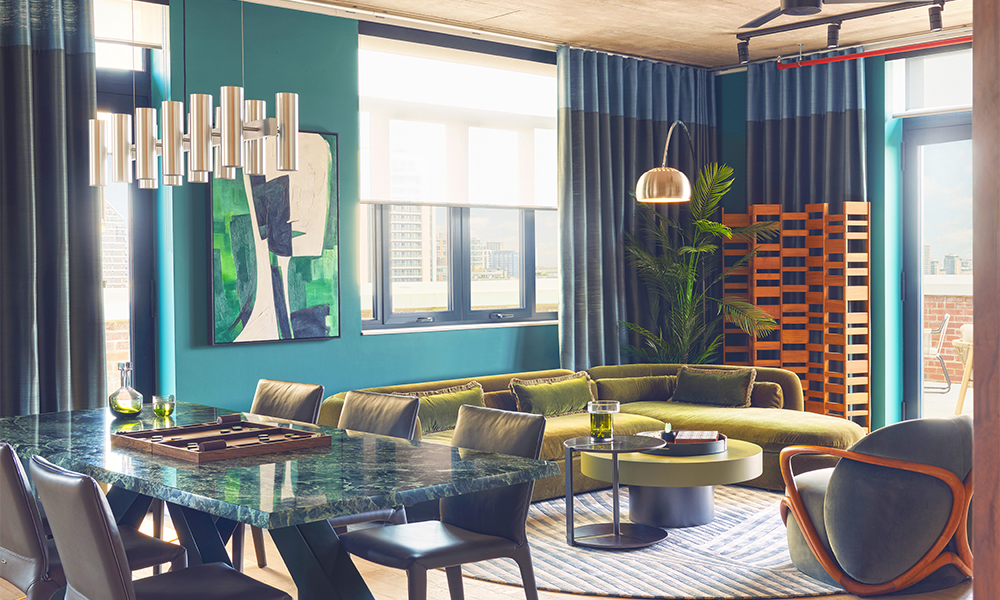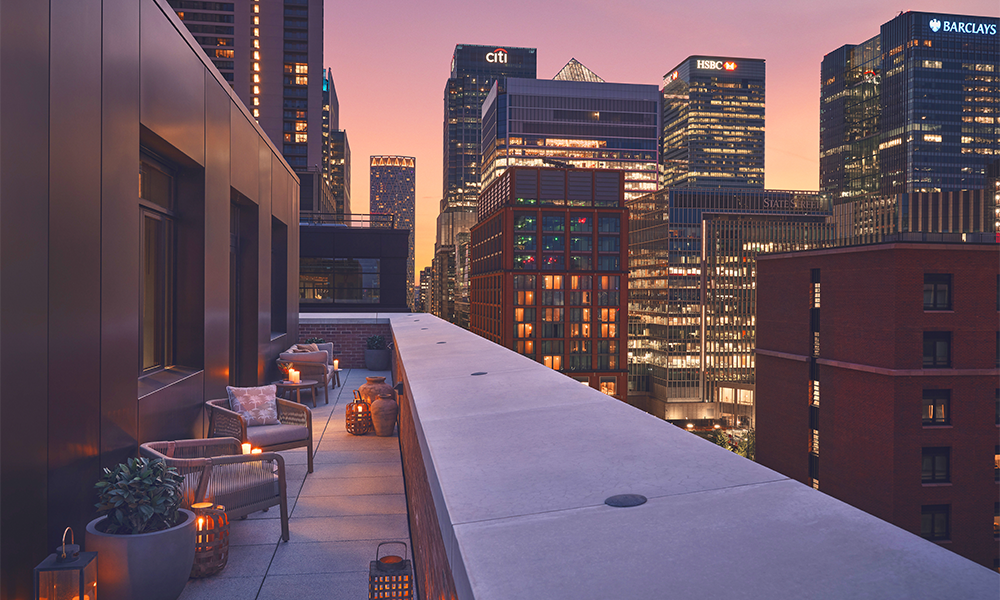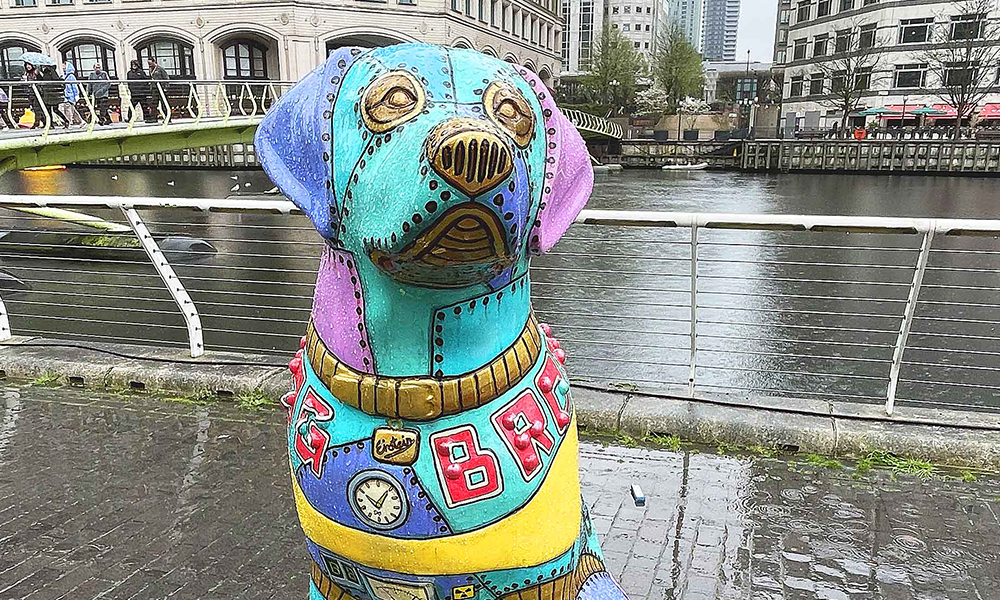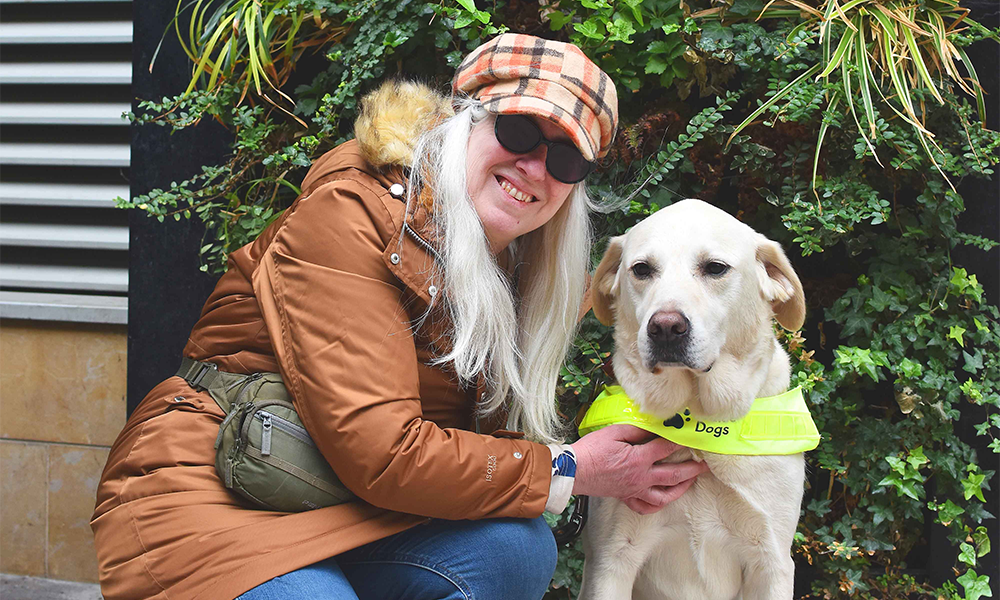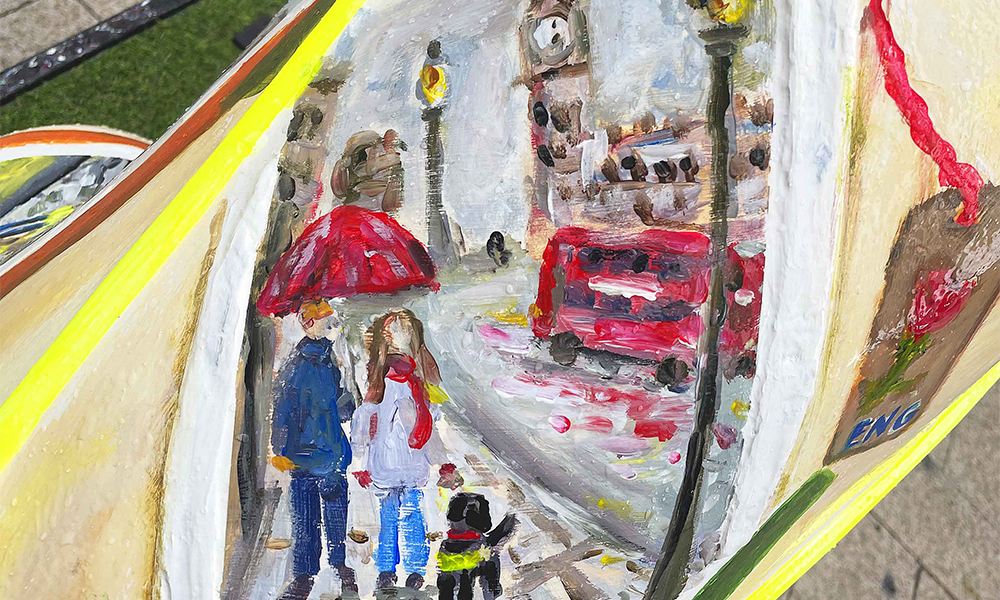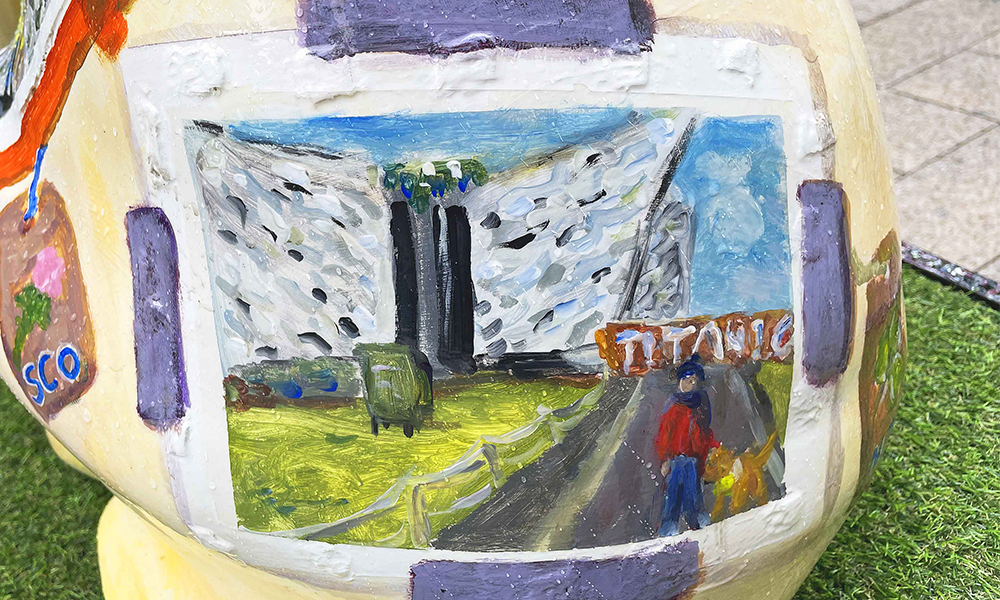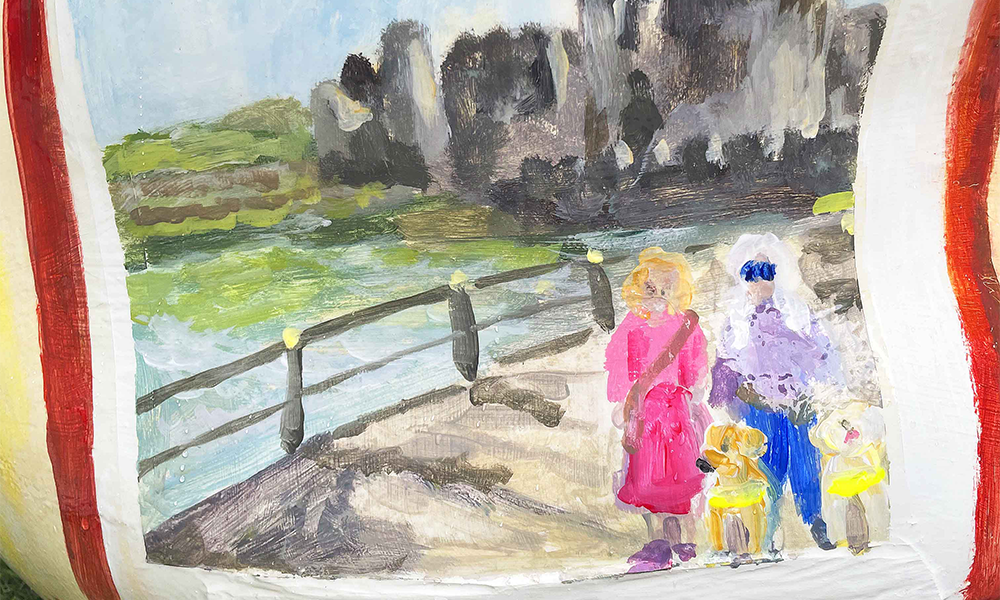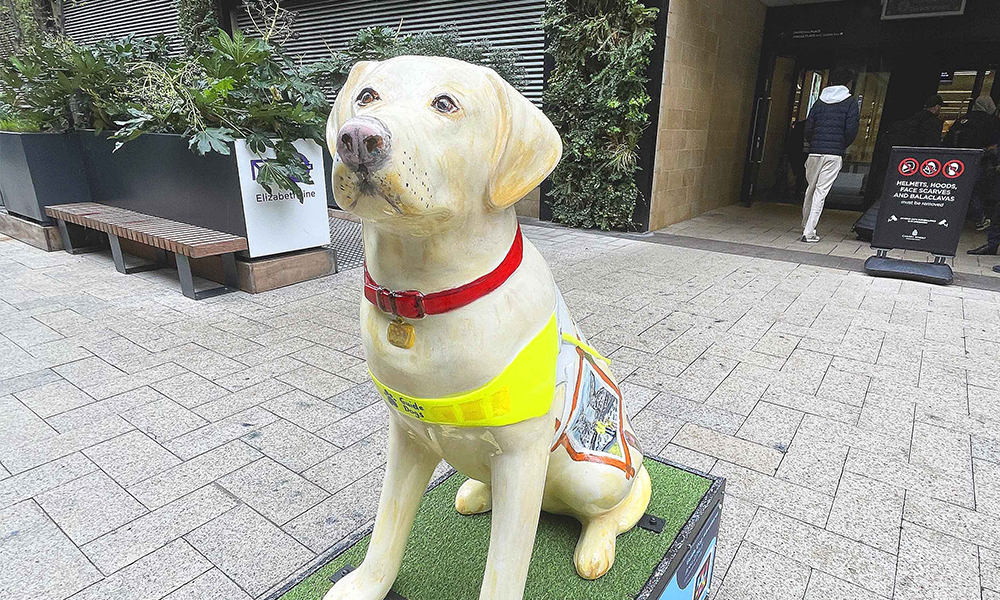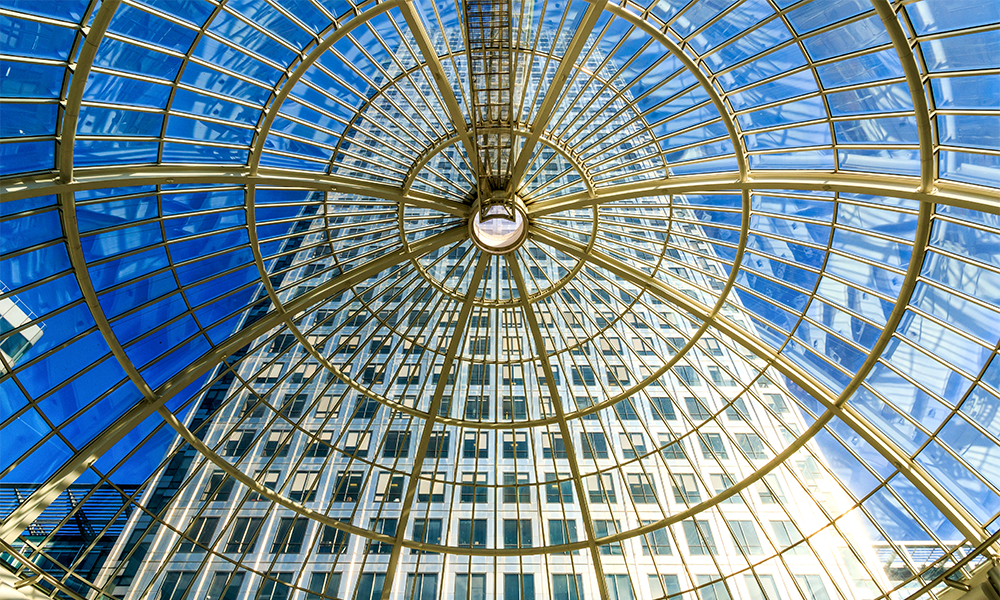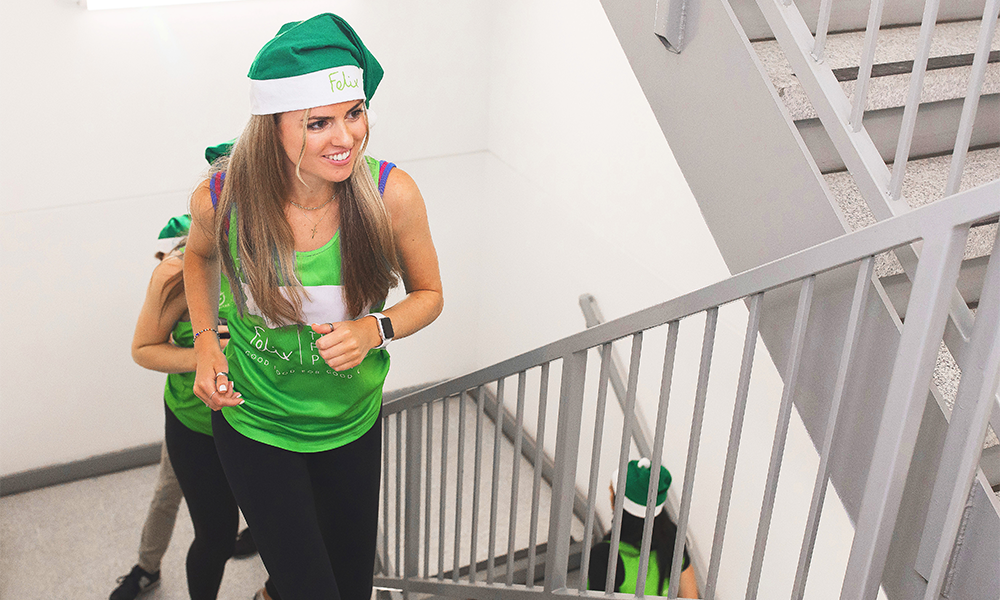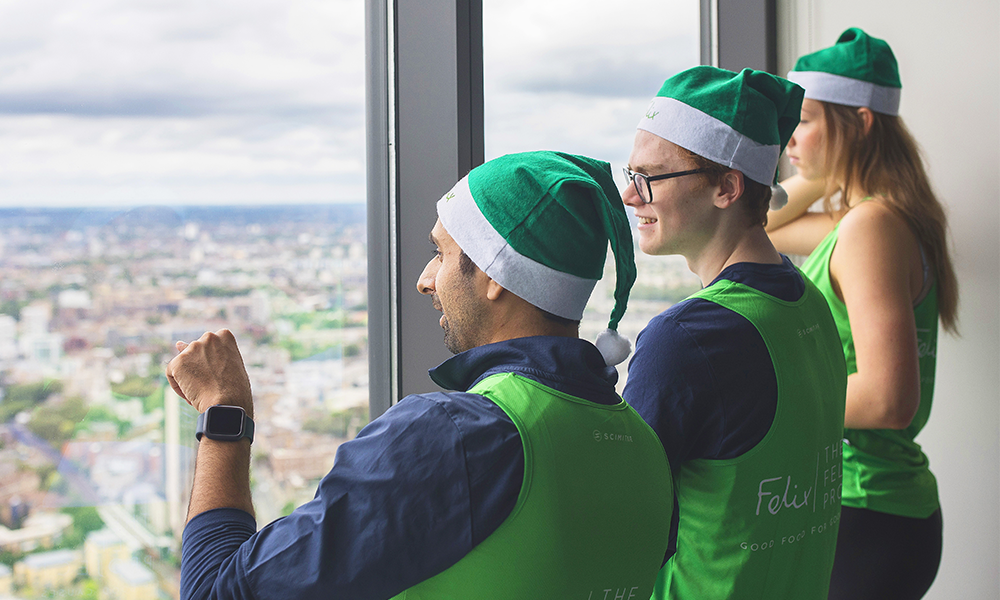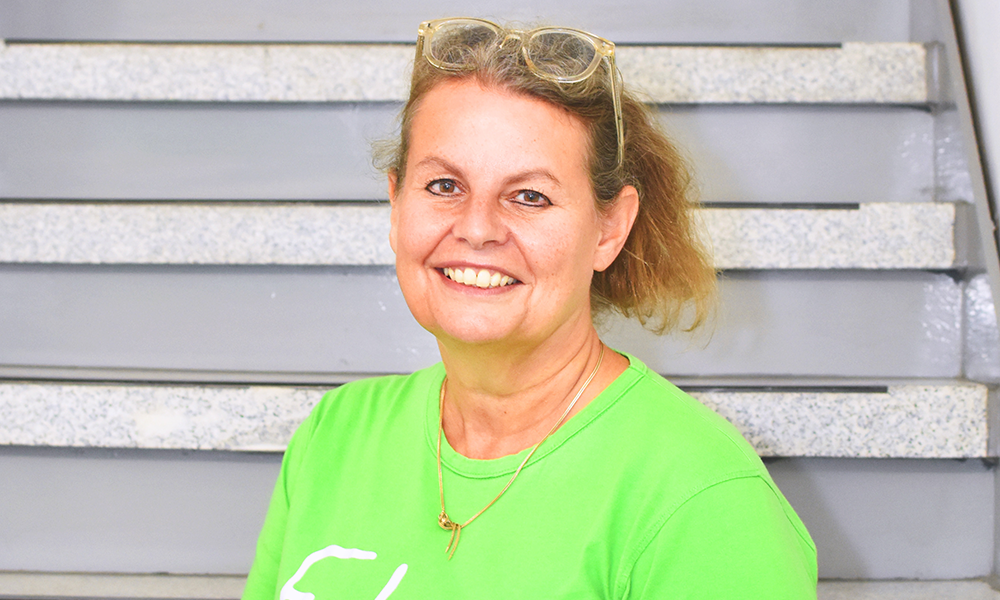Wayne Zukauskas is among a clutch of independent business owners to bring their activities to 8 Harbord Square at Wood Wharf
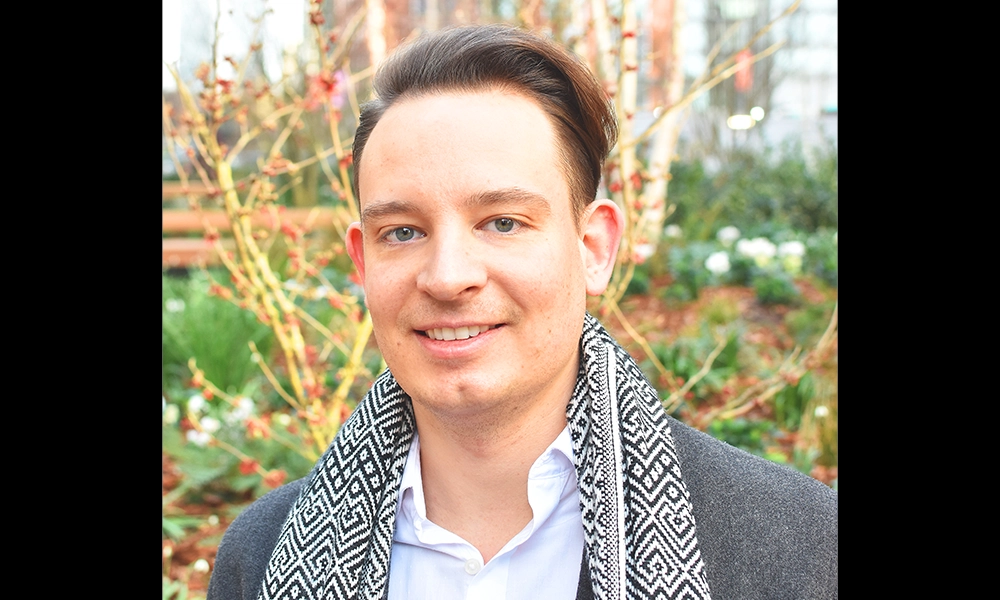
Subscribe to our free Wharf Whispers newsletter here
ADVERTISEMENT FEATURE
“It was quite random that I came to London – I just stuck a pin in a map, although I did have friends here too,” said Wayne Zukauskas.
Originally from Lithuania, the east London resident had spent 11 years playing professional basketball before a back injury prompted a change in career.
“The doctors said I had to stop – I could have continued my journey as a basketball coach but I wasn’t really interested if I wasn’t playing,” said Wayne.
“So I took a break for a year and three things came into my mind. Either to be a chef, a hairdresser or a DJ – I decided to try training as a stylist.
“Everyone, my friends and family, were shocked. I liked to do my own hair, but there wasn’t any particular reason for choosing that path – I just felt I wanted to do it.
“I studied for around 12 months, which was intense – you pay more money on a course that length, but it’s way quicker than going to college.
“Then I worked a little bit before moving London – it was the right place because I wanted to learn the language – then everything started to happen career-wise.
“Within a month or two, I was working – first in Notting Hill for a small independent salon and then for a bigger brand in London Bridge. I learnt a lot.
“My English got a lot better and I spent around five years there.”

the drive of an entrepreneur
But Wayne began to think about the future and, bitten by the entrepreneurial bug, he started to do some research.
“I was getting very interested in the business side of things – reading books and talking to people to find out how it all worked,” he said.
“Then, once I started getting interested in that, I began looking for opportunities.
“There was the chance to manage three salons in Zurich, but, at the last minute, I decided not to go to Switzerland.
“Instead I teamed up with a business partner here and we ran salons in Royal Wharf and Limehouse for nine years.
“When my daughter was born, I decided it was time for a break because I wanted to be there for her and running a business can be stressful.
“As a family, we had a really nice year and a half, travelled a lot with the baby – even though she won’t remember all the places she’s been.
“But I’m someone who needs challenges so we came back to London. I began talking to Canary Wharf Group about 8 Harbord Square.
“I knew it was coming – I’ve always lived in east London – in Westferry, Limehouse, next to City Airport and now close to Excel – so I’m always around Canary Wharf.”

a new chapter: Wayne Hairdresser Salon
This brings us to the start of a new chapter for Wayne, as owner of one of the independent businesses that’s set to launch in Wood Wharf in the coming weeks and months.
Wayne Hairdresser Salon will open on March 15, 2025, offering a full complement of services for men and women as well as haircuts for children.
“My idea was to create a boutique salon for this lovely area,” said Wayne.
“It will blend in with the New York style of 8 Harbord Square, with a modern look.
“We will have a dark brown, red and white colour scheme complete with a coffee bar inspired by a traditional British telephone box.
“In the future we’ll look at putting in a kids play area to keep them entertained while parents get their hair styled.
“We’ll be offering cuts for young ones too, which not every salon likes to do, but we love it.
“We’re expecting regular haircuts to be popular, as well as colour treatments such as highlights, balayage and ombre.
“I already have a client base in the area and we think we’ll mostly be serving the residential population, although workers in Canary Wharf and visitors to the area will be very welcome too.
“This will be a place that offers a luxury atmosphere and an experience to match – somewhere people will really enjoy coming.”
In fact, the salon will offer a comprehensive range of treatments and services drawing on Wayne’s 15 years in the business.
Brands the salon will be working with include Oribe, Goldwell and K18.
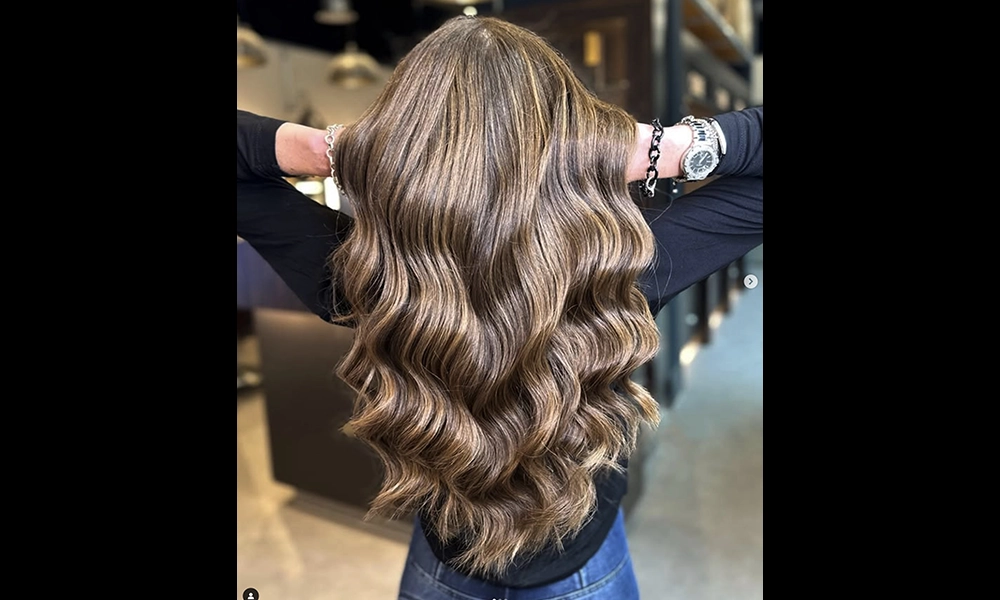
quality over quantity
Wayne said: “I’ve recruited a really experienced team to deliver these services with a boutique feel.
“It’s all about quality rather than quantity. If a customer comes through the door, it has to be a good service and then, if they live locally, they will keep coming back.
“I’ve learnt a lot from my years running a business.
“With this opening, I want to take things easy, start slowly and see what happens. I hope the business will grow steadily and the team will expand.
“Then, perhaps, I’ll open more salons but we’ll see.
“What I’ve learned from running businesses is that it’s challenging and it can be an unhealthy balance.
“Before, one of my salons was very large whereas this will be more boutique – somewhere that people will feel relaxed coming to and enjoying at a slower pace.
“The plan when I first came to London was only to stay for a few years – but I’m still here because the journey is going the way I wanted it to.
“I always had the idea to move somewhere hot with a beach, but you can always go on holidays.
“In the end, wherever I go with my wife, we always end up missing London. It’s where my daughter was born and she will grow up here.
“Opening a business in Canary Wharf feels great. The look of the buildings and the people that live around here are the right fit for what I’m trying to do.”
8 Harbord Square is set to welcome several independent businesses in the near future including florist and gift shop The Flower Club and nail salon Awe London.
Drawn from east London, Canary Wharf Group is supporting them as they launch on the ground floor of the residential tower.
key details: Wayne Hairdresser Salon
Wayne Hairdresser Salon is set to open its doors on March 15, 2025, at 8 Harbord Square.
A full list of treatments and prices is available on the business’ website.
Wayne also offers business consulting services to help other entrepreneurs.
Find out more about the salon here
Read more: Awe London to open its doors at 8 Harbord Square





